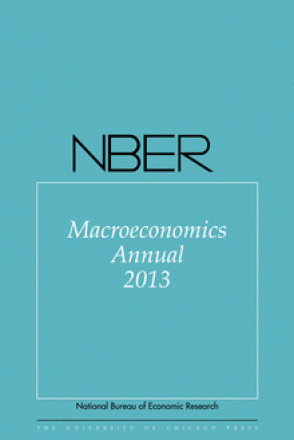Understanding Noninflationary Demand-Driven Business Cycles

You may be able to download this chapter for free via the Document Object Identifier.
During the last thirty years, US business cycles have been characterized by countercyclical technology shocks and almost constant inflation. While the first fact runs counter to an RBC view of fluctuation and calls for demand shocks as a source of fluctuations, the second fact is difficult to reconcile with a New Keynesian model in which demand shocks, when accommodated, should be inflationary. In this paper we show that non-inflationary demand driven business cycles can be very easily explained if one moves away from the representative agent framework on which both the New Keynesian model and the RBC model are based. In particular, we first show how changes in demand induced by changes in perceptions about the future can cause business cycle type fluctuations in a Walrasian setting when agents' skills are specialized in different sectors. Such a model is able to generate demand driven positive co-movements of consumption, investment and hours together with pro-cyclical real wages and relative price of investment. To illustrate how the real mechanism we put forward works in the presence of sticky prices, we present a modified New Keynesian model with specialized agents where non inflationary demand driven fluctuations arise as the outcome. We also document the relevance of the assumptions underlying our framework using PSID data over the period 1968–2007.
-
-
Copy CitationPaul Beaudry and Franck Portier, NBER Macroeconomics Annual 2013, Volume 28 (University of Chicago Press, 2013), chap. 2, https://www.nber.org/books-and-chapters/nber-macroeconomics-annual-2013-volume-28/understanding-noninflationary-demand-driven-business-cycles.Download Citation
-


